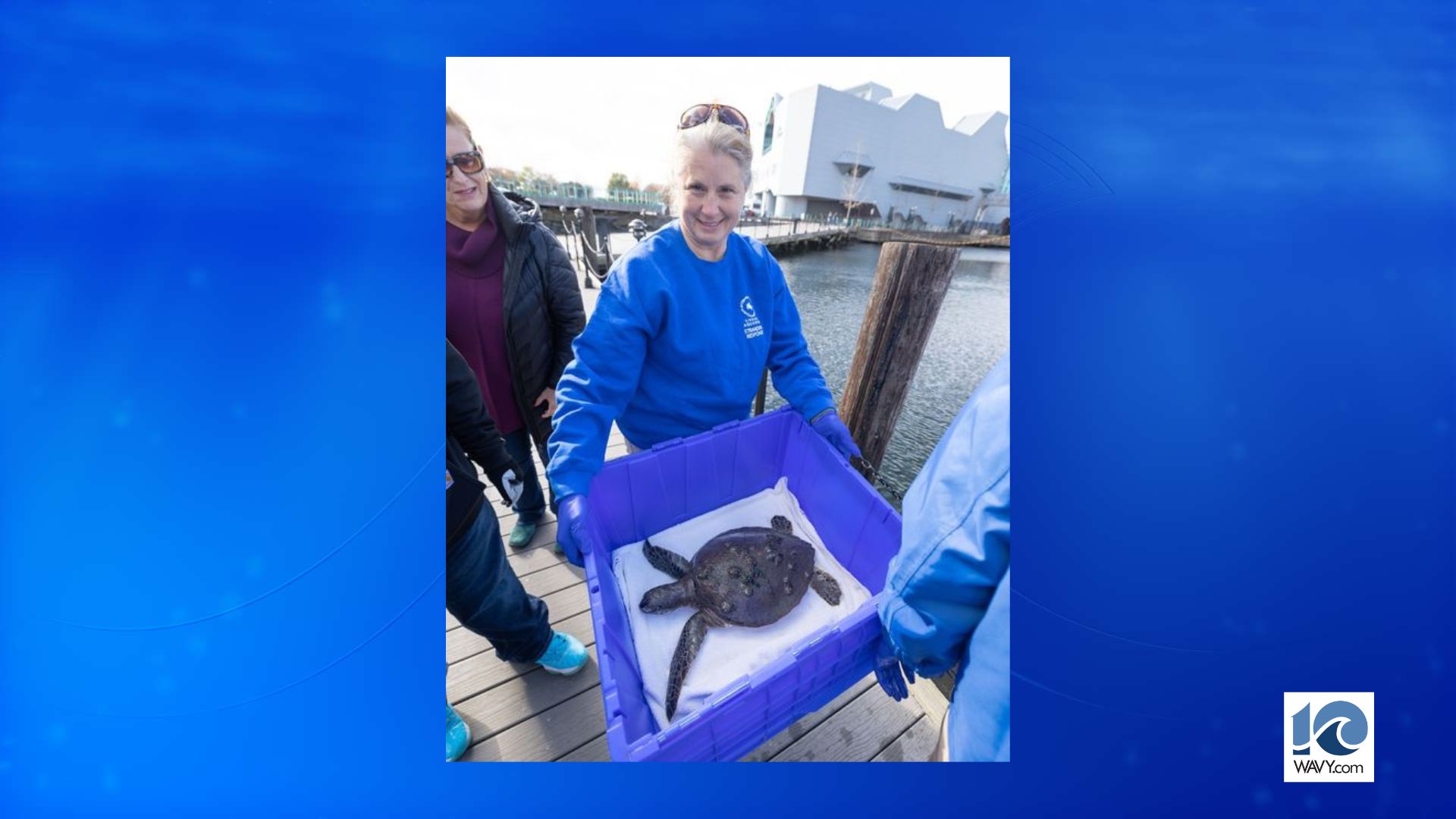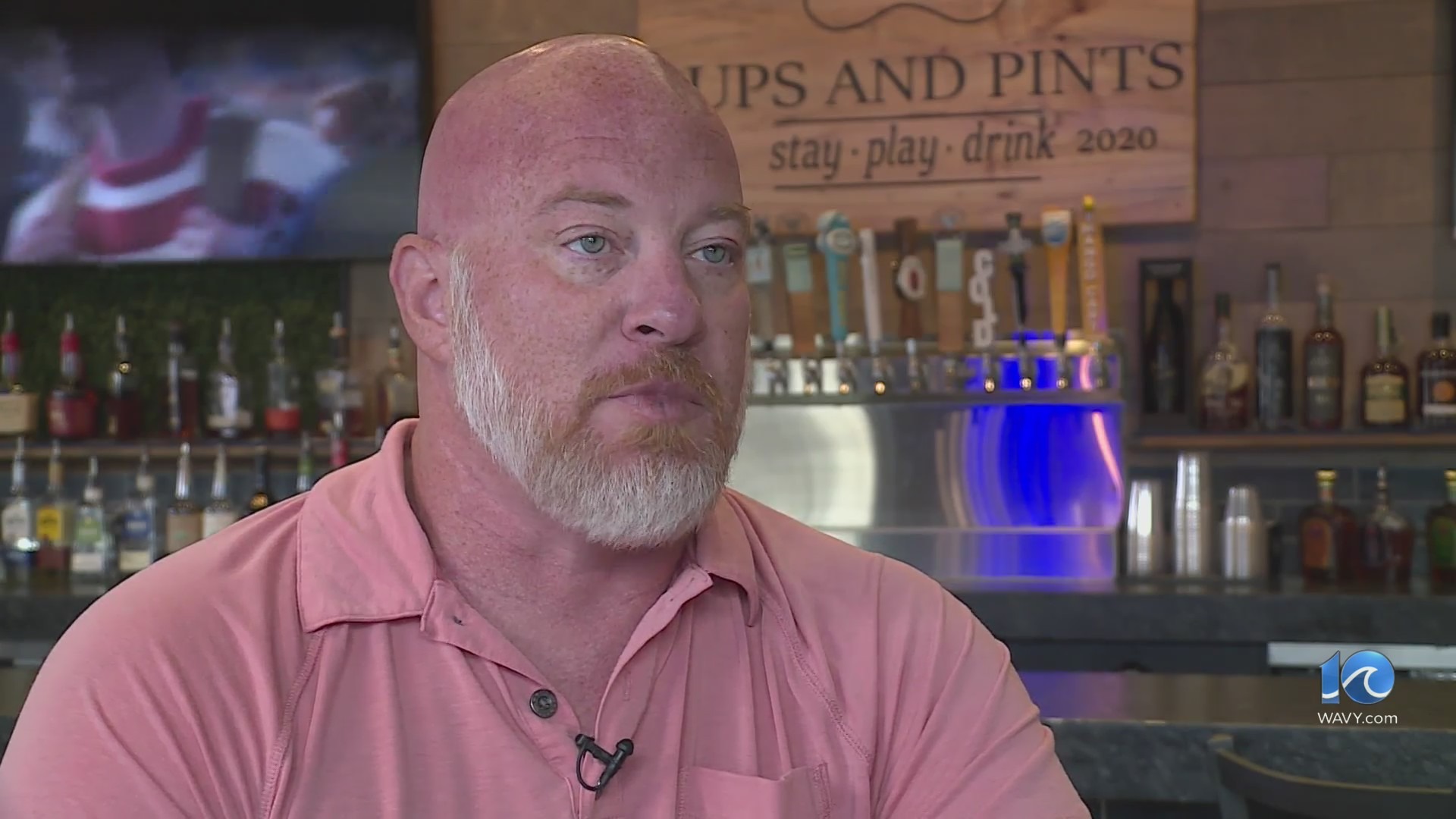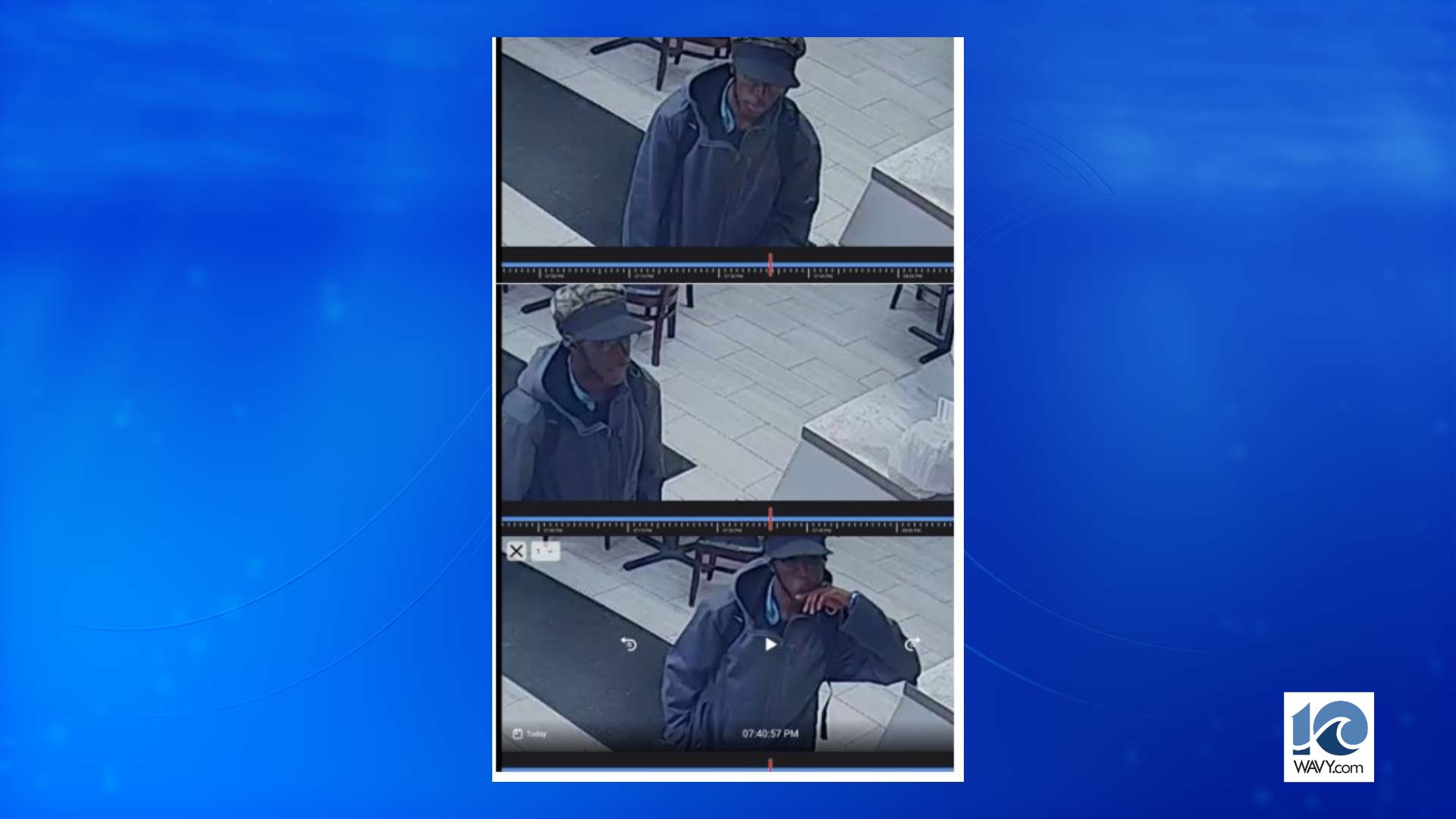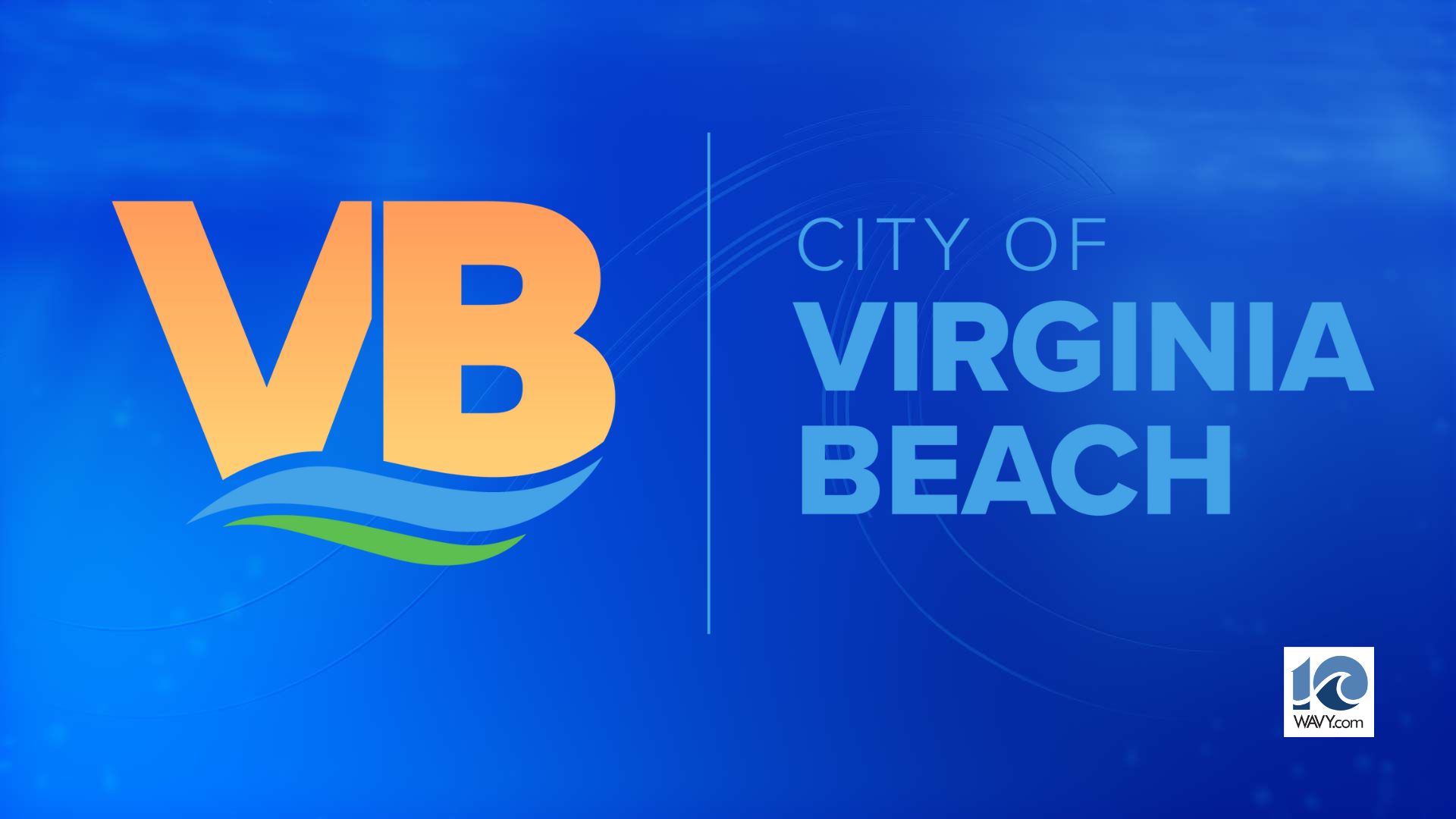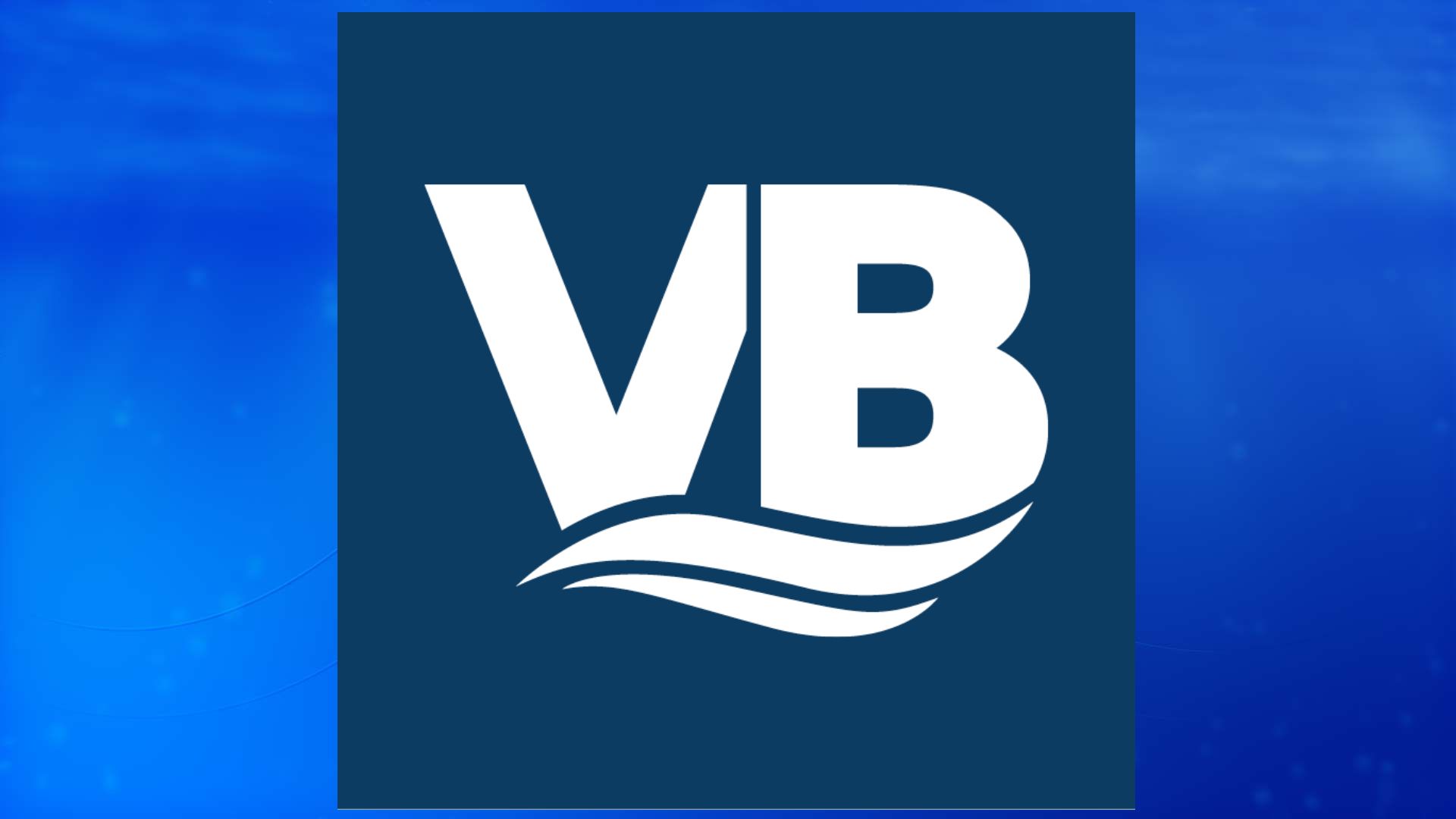WASHINGTON (NewsNation Now) — The Centers for Disease Control and Prevention issued an order late Friday requiring masks in interstate transportation and at transit hubs, including airplanes, mass transit, taxis and trains, starting late Monday.
The CDC said the mask mandate, effective from Feb. 1 at 11:59 p.m. EST, also covers ride-share vehicles and subways and makes not wearing a mask as instructed a violation of federal law. The order does not apply to private cars or commercial trucks being driven by a sole operator.
The CDC directive follows an order from President Joe Biden on Jan. 21 directing agencies to “immediately take action” to require masks on transportation and at transit hubs.
People must wear masks that cover both the mouth and nose when awaiting, boarding, traveling on, or disembarking public conveyances. People must also wear masks when entering or on the premises of a transportation hub in the United States.
CDC Order
Details of the order:
The following are attributes of masks needed to fulfill the requirements of the Order:
- A properly worn mask completely covers the nose and mouth.
- Cloth masks should be made with two or more layers of a breathable fabric that is tightly woven (i.e., fabrics that do not let light pass through when held up to a light source).
- Mask should be secured to the head with ties, ear loops, or elastic bands that go behind the head. If gaiters are worn, they should have two layers of fabric or be folded to make two layers.
- Mask should fit snugly but comfortably against the side of the face.
- Mask should be a solid piece of material without slits, exhalation valves, or punctures.
The following attributes are additionally acceptable as long as masks meet the requirements above.
- Masks can be either manufactured or homemade.
- Masks can be reusable or disposable.
- Masks can have inner filter pockets.
- Clear masks or cloth masks with a clear plastic panel may be used to facilitate communication with people who are hearing impaired or others who need to see a speaker’s mouth to understand speech.
- Medical masks and N-95 respirators fulfill the requirements of the Order.
The following do not fulfill the requirements of the Order.
- Masks worn in a way that does not cover both the mouth and nose
- Face shields or goggles (face shields or goggles may be worn to supplement a mask that meets above required attributes)
- Scarves, ski masks, balaclavas, or bandannas
- Shirt or sweater collars (e.g., turtleneck collars) pulled up over the mouth and nose.
- Masks made from loosely woven fabric or that are knitted, i.e., fabrics that let light pass through
- Masks made from materials that are hard to breathe through (such as vinyl, plastic or leather)
- Masks containing slits, exhalation valves, or punctures
- Masks that do not fit properly (large gaps, too loose or too tight)
Full Order
Reuters contributed to this report. Reporting by David Shepardson/REUTERS.




